Walking Shark Learns To Walk In Childhood - Nation World News
8/21/22 at 3:38pm

And walking shark recently found out that break all the rules is for existence focus of a study Organized by Florida Atlantic University and colleagues in
Viewed by
You are the first to view
NASA astronaut in ISS shares spectacular visuals of aurora triggered by recent solar storm - Republic World
8/21/22 at 12:26am

NASA astronaut Bob Hines, who is currently aboard the ISS, shared a few pictures of auroras over the north pole that were triggered by the recent solar storm.
Viewed by
You are the first to view
High school study identifies two strategies for plants on Mars - BollyInside
8/21/22 at 12:26am

The soil and water on Mars are often too harsh for plants, but research by a sophomore in high school has found that alfalfa plants and photosynthetic bacteria can help the soil and water on Mars a…
Viewed by
You are the first to view
Woodpeckers and other birds can taste sugar - but how? - Earth.com
8/21/22 at 12:26am

Woodpeckers and other birds can taste sugar - but how? • Earth.com
Viewed by
You are the first to view

Flying towards the base of the Haughton-Mars Project (HMP), the first impression was of a vast desert below. The reddish-brown soil and rock looks strange and gloomy, but actually brings many surpr…
Viewed by
You are the first to view
South Korea creates essential components for NASA's space telescope - BollyInside
8/21/22 at 12:26am

The Korea Institute of Space and Astronomical Sciences has developed the basic equipment needed for the ground testing of NASA’s future space observatory project, the Ministry of Science and Inform…
Viewed by
You are the first to view
Another successful SpaceX launch and landing deploys 53 more Starlink satellites - TechSpot
8/21/22 at 12:26am

The event marked the 37th launch of the year for SpaceX and was the 9th launch overall for the specific Falcon 9 first-stage rocket that was used....
Viewed by
You are the first to view
Ever Thought of Leaving A Time Capsule For Someone? - LITE 92.1
8/21/22 at 3:38pm
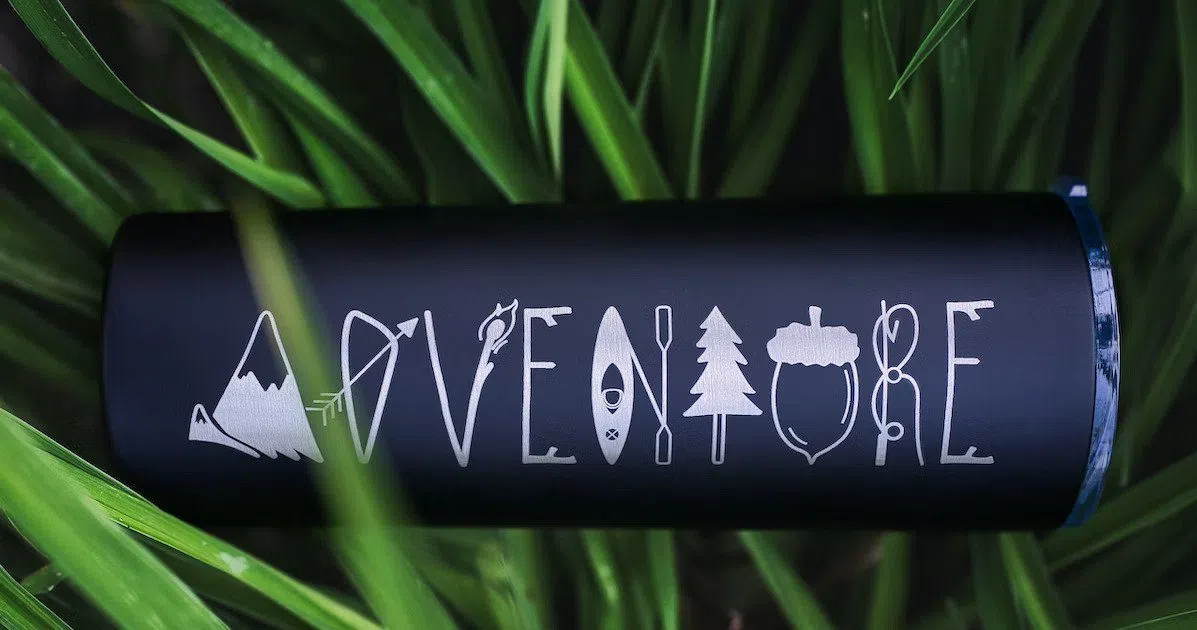
Here is a little time capsule story. On this day in 1977 a NASA rocket launched Voyager II, an unmanned 1,820-...
Viewed by
You are the first to view
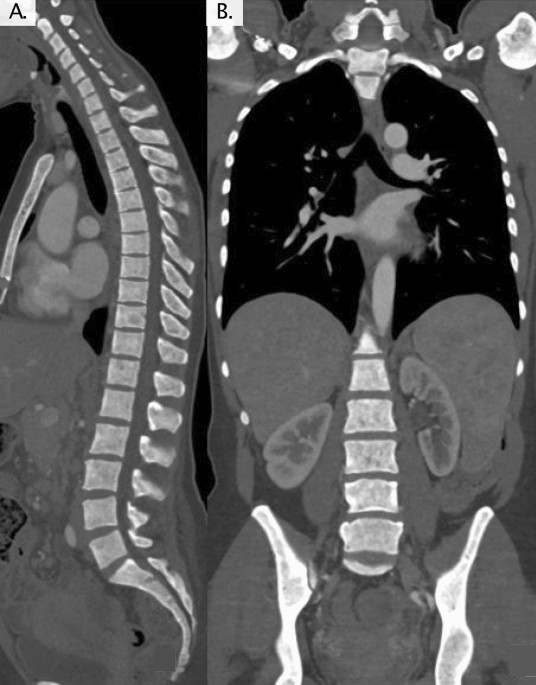
Scientific Reports - Functional imaging with dual-energy computed tomography for supplementary non-invasive assessment of mast cell burden in systemic mastocytosis
Viewed by
You are the first to view
Moving drops in space support the late professor's idea - BollyInside
8/21/22 at 12:26am

At a time when astronomers around the world are obsessed with new ways of looking at the distant universe, experiments on the International Space Station have given researchers at Cornell Universit…
Viewed by
You are the first to view

Hebrew University researchers believe they have an answer to the question. Seeking love? Then you'll understand how important that first date might be. What draws us to certain individuals when we fall in love but not others? Most of us will be surprised by t…
Viewed by
You are the first to view
Giant sharks once roamed the seas, feasting on huge meals - Kearney Hub
8/21/22 at 12:26am

NEW YORK — Today's sharks have nothing on their ancient cousins. A giant shark that roamed the oceans millions of years ago could have devoured a creature the size of
Viewed by
You are the first to view
The space workhorse of the future is the Vulcan Centaur rocket - BollyInside
8/21/22 at 12:26am

Scheduled to launch in late 2022, the Vulcan Centaur rocket is a new methane-fueled rocket from United Launch Alliance (ULA), one of the most experienced space launchers in the United States. The V…
Viewed by
You are the first to view
Bright light spotted moving across night sky over Ottawa - iHeartRadio.ca
8/21/22 at 12:26am

Gary Boyle, the Backyard Astronomer, tells CTV News Ottawa the bright line of light moving across the sky was a Starlink train. The Starlink train is a chain of satellites launched by SpaceX.
Viewed by
You are the first to view
Inside a neutron star – new insights from gravitational waves - Interesting Engineering
8/21/22 at 3:38pm

The University of Birmingham researchers have demonstrated how unique vibrations caused by interactions between the two stars' tidal fields as they approach each other effect gravitational-wave observations.
Viewed by
You are the first to view
ESA's Ariel mission will study about 1000 exoplanets in much more detail than ever before - Devdiscourse
8/21/22 at 12:26am

Read more about ESA's Ariel mission will study about 1000 exoplanets in much more detail than ever before on Devdiscourse
Viewed by
You are the first to view
Daily Space: Say hello to the neighbors - Daily Kos
8/21/22 at 3:38pm

How far can you see? If you’re standing on the beach looking out to sea, the distance to the horizon is, surprisingly, only a bit over three miles. But of course, everyone has been to the top of a mountain, or even a building, where they could see...
Viewed by
You are the first to view
Sensory illusions: when our brain plays tricks on us - theinformant.co.nz
8/21/22 at 12:26am

This article is from Les Indispensables de Sciences et Avenir Issue 210, dated July/September 2022.
Viewed by
You are the first to view
Rocket Lab plans to send the first private mission to Venus - Digital Trends
8/21/22 at 12:26am
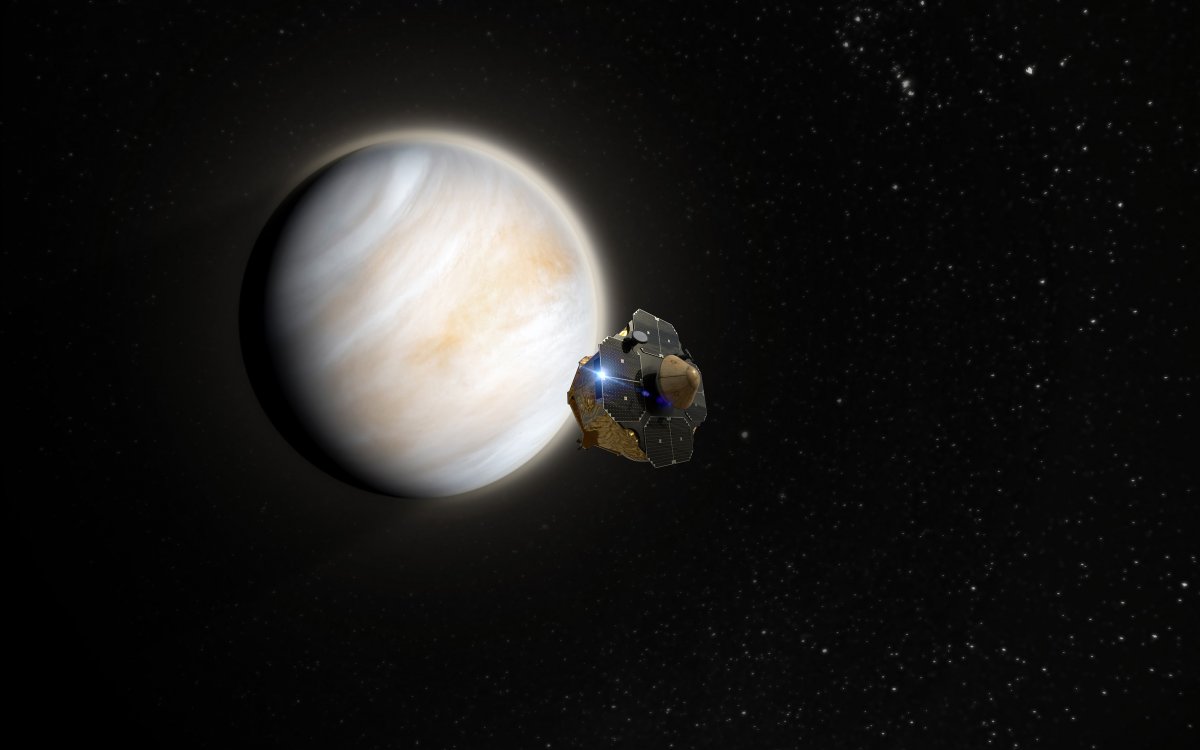
New Zealand-based company Rocket Lab plans to send the first private mission to Venus in 2023.
Viewed by
You are the first to view
Data from ESA's Gaia mission reveals our Sun's future and past - NASASpaceFlight.com - NASASpaceflight.com
8/21/22 at 12:26am

On June 13, the third major data release from the European Space Agency’s (ESA) Gaia…
Viewed by
You are the first to view
Pulmonate slug evolution is reflected in the de novo genome of Arion vulgaris Moquin-Tandon, 1855 | Scientific Reports - Nature.com
8/21/22 at 12:26am
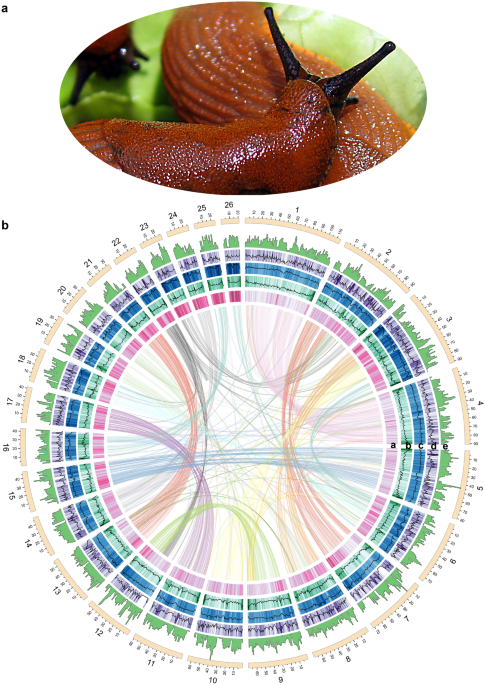
Scientific Reports - Pulmonate slug evolution is reflected in the de novo genome of Arion vulgaris Moquin-Tandon, 1855
Viewed by
You are the first to view
The most massive star known in the universe just got the best close-up picture ever, and it reveals that the star may be smaller than astronomers
Viewed by
You are the first to view
SpaceX's Dragon spacecraft undocks from ISS with over 1,800 kg of supplies; see pics - Republic World
8/21/22 at 12:26am

SpaceX's Dragon capsule separated from the ISS at 8:35 pm last night with around 1,814 kg of supplies and will splash down into the Pacific Ocean at 12:17 am.
Viewed by
You are the first to view
Transposon-activated POU5F1B promotes colorectal cancer growth and metastasis - Nature.com
8/21/22 at 12:26am
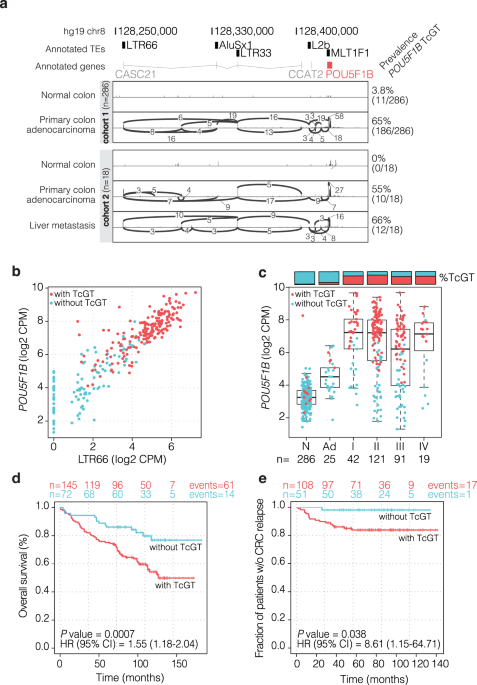
The treatment of colorectal cancer (CRC) is an unmet medical need in absence of early diagnosis. Here, the authors characterise cancer-specific transposable element-driven transpochimeric gene transcripts and highlight the role of POU5F1B in CRC growth and me…
Viewed by
You are the first to view
In pics: From Jupiter to Earth, images taken by NASA's Voyager spacecraft - Inshorts
8/21/22 at 12:26am
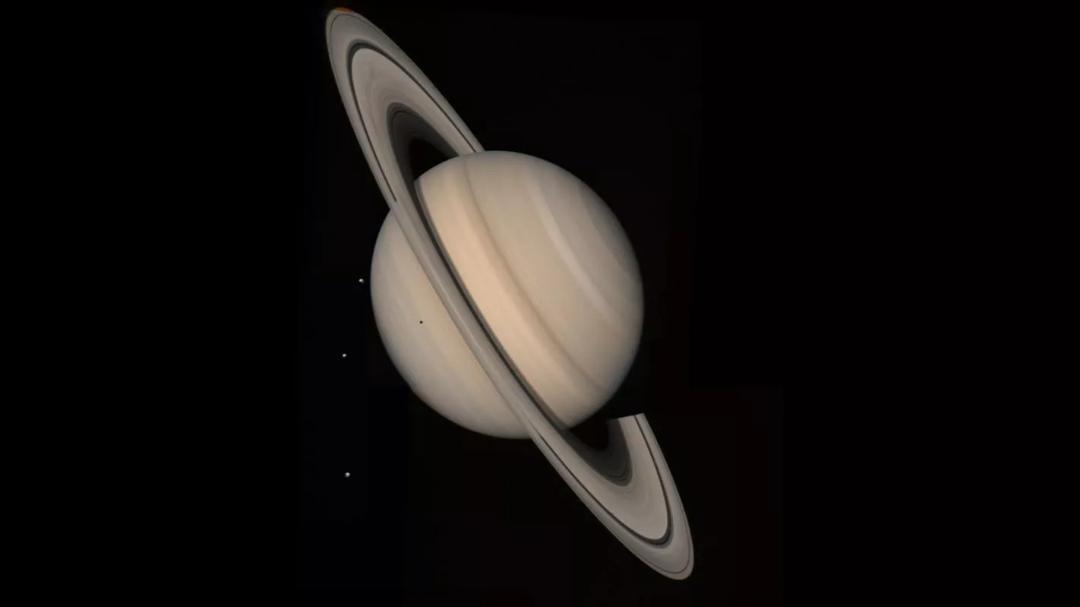
After 45 years of service, NASA is planning to shut down the Voyager spacecraft. During their course, the two Voyager spacecraft have travelled farther than any man-made object. It has captured amazing photos of several celestial bodies, including Saturn and …
Viewed by
You are the first to view